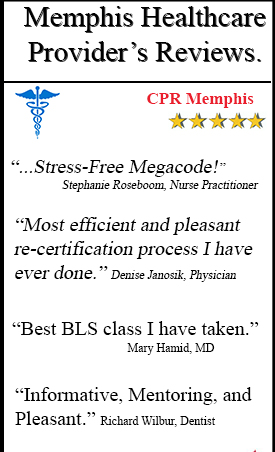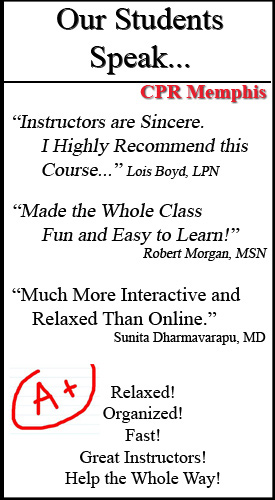Cardiopulmonary resuscitation (CPR) is a vital skill that can save lives in emergencies such as cardiac arrest. Whether you’re a healthcare professional, a concerned citizen, or a workplace safety officer, CPR training is crucial. The American Heart Association (AHA) stands as a beacon in this field, offering comprehensive CPR training programs recognized worldwide. In this article, we’ll explore the merits of online versus classroom CPR training offered by the AHA, helping you make an informed decision about which option suits your needs best.
The American Heart Association has been at the forefront of CPR training and certification for decades. Their curriculum adheres to the latest scientific guidelines, ensuring that participants receive up-to-date instruction on life-saving techniques. AHA certification is widely recognized and often required in various professions, including healthcare, childcare, and fitness training. Whether you’re learning CPR for personal enrichment or professional advancement, AHA courses provide the knowledge and skills necessary to respond effectively in emergencies.
Online CPR Training: Pros and Cons
Online CPR training offers several advantages, making it an appealing option for many individuals. One of the primary benefits is flexibility. Online courses allow learners to study at their own pace and convenience, fitting lessons around busy schedules. Additionally, online training is often more cost-effective than traditional classroom instruction, as it eliminates the need for travel expenses and venue rentals.
Self-paced learning and interactive modules are other notable advantages of online CPR training. Participants can engage with multimedia resources, quizzes, and simulations, enhancing their understanding and retention of CPR techniques. However, online courses lack hands-on practice opportunities, which can be a significant drawback. Without real-time feedback from instructors, learners may struggle to develop proficiency in performing CPR maneuvers.
Furthermore, online training environments may present distractions that hinder learning effectiveness. Without the structure of a classroom setting, some participants may find it challenging to stay focused and motivated throughout the course. Skill retention can also be a concern, as, without hands-on practice, learners may struggle to apply CPR techniques confidently in real-life scenarios.
Classroom CPR Training: Pros and Cons
Classroom-based CPR training offers a more immersive learning experience, with hands-on practice being a key advantage. Participants have the opportunity to work with CPR manikins and receive immediate feedback from certified instructors. This interactive approach fosters skill development and confidence, preparing individuals to respond effectively in emergencies.
Another benefit of classroom training is the group dynamic it offers. Collaborative activities and teamwork simulations enable participants to learn from one another’s experiences and perspectives. Moreover, the structured environment of a classroom setting helps maintain focus and engagement, reducing the likelihood of distractions.
However, classroom CPR training also has its drawbacks. Fixed schedules and location-based constraints may pose challenges for individuals with busy lifestyles or limited access to training facilities. Additionally, the cost of in-person instruction tends to be higher than that of online courses, considering expenses such as venue rental and instructor fees. For some learners, the lack of flexibility associated with classroom training may outweigh its benefits.
Factors to Consider When Choosing
When deciding between online and classroom CPR training, several factors should be taken into account. Consider your individual learning preferences and style—are you more comfortable studying independently or in a group setting? Assess your availability and scheduling constraints, as well as any professional requirements or industry standards that may influence your choice.
Budget considerations are also crucial. While online training may offer cost savings upfront, consider the long-term value of hands-on practice and certification from a reputable organization like the AHA. Ultimately, prioritize the importance of mastering CPR skills and choose the method that best aligns with your learning goals and circumstances.
In conclusion, when considering the choice between online and classroom-based CPR training, it’s essential to weigh the benefits and limitations of each option. Online courses offer flexibility and convenience, allowing individuals to learn at their own pace and from the comfort of their homes. However, they may lack the hands-on experience and immediate feedback provided in traditional classroom settings. On the other hand, classroom training offers interactive learning, real-life scenarios, and the opportunity for direct instructor guidance.
As exemplified by CPR Memphis, an American Heart Association training site, individuals can access comprehensive CPR certification Memphis programs that cater to various learning preferences. Whether opting for online or classroom instruction, prioritizing reputable training sites ensures quality education and adherence to AHA guidelines. By obtaining CPR certification through trusted providers like CPR Memphis, individuals equip themselves with life-saving skills, contributing to a safer and healthier community.





